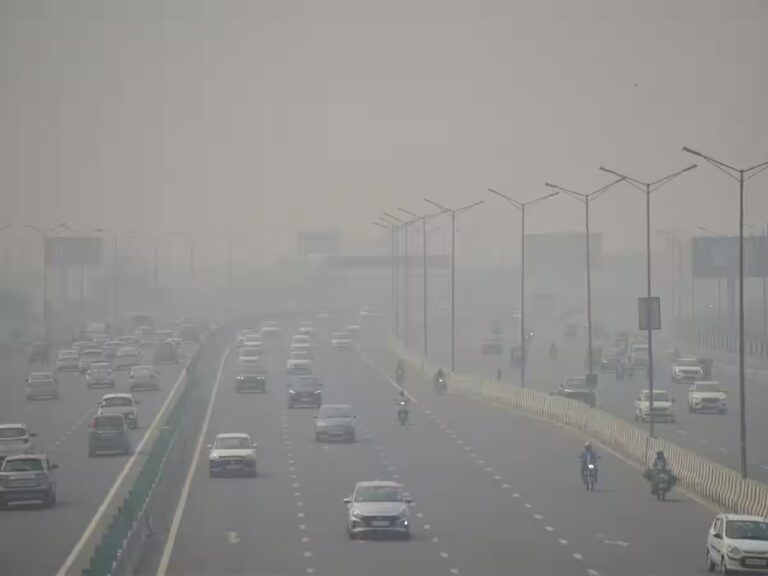Delhi’s air quality saw a slight improvement on Saturday, October 25, but remained in the ‘poor’ category, with the overall Air Quality Index (AQI) recorded at 259 at 8 am, according to the Central Pollution Control Board (CPCB). Authorities said Stage II of the Graded Response Action Plan (GRAP) continues across the National Capital Region as pollution levels fluctuate in different parts of the city. Air quality remained uneven across Delhi on Saturday. RK Puram recorded 265 and Patparganj 263, keeping both in the ‘poor’ category, while Anand Vihar topped the list at 412. Bawana registered 336 (‘very poor’) and Dwarka 276 (‘poor’), showing just how differently pollution affected different parts of the city. To tackle dust, authorities ran water sprinklers along main roads, including Janpath.
Government pins hopes on artificial rain
With air quality deteriorating despite ongoing measures, the Delhi government has turned to cloud seeding in an attempt to bring temporary relief. Chief Minister Rekha Gupta on Friday called the move a “necessity” and described it as a first-of-its-kind experiment for the capital.
Add Zee Business as a Preferred Source
“Cloud seeding is a necessity for Delhi and is the first experiment of its kind. We want to try it in Delhi to see if it can help us control this very serious environmental problem,” Gupta said. She expressed confidence that the initiative would receive public support and help reduce pollution levels if successful.
Environment Minister Manjinder Singh Sirsa said cloudy conditions are expected between October 28 and 30, with physical trials for artificial rain scheduled for October 29. “We have received all necessary permissions and are ready for the experiment. If successful, it will mark an important step in Delhi’s pollution management efforts,” he said.
Experts warn of serious health risks
Health experts have issued fresh warnings about the health impact of the persistent pollution. Former AIIMS Director Dr Randeep Guleria said the current pollution levels pose significant risks to people with heart or lung conditions, senior citizens, and children.
“The current high levels of air pollution are leading to acute health effects, particularly among individuals with heart or lung diseases, the elderly, and young children,” Dr Guleria said. He added that even healthy individuals have reported symptoms such as throat pain, nasal congestion, chest tightness and coughing due to prolonged exposure. He also warned that the use of firecrackers, including those marketed as ‘green crackers’, has worsened pollution. “Pollutants are causing inflammation and narrowing of airways, which can aggravate asthma and other respiratory issues,” he said.
GRAP measures continue across Delhi-NCR
Under Stage II of the Graded Response Action Plan, authorities continue to implement strict measures to control pollution. These include mechanical road sweeping, frequent water sprinkling, a ban on coal and firewood in eateries, and restrictions on construction activities that generate visible dust.
Images are for reference only.Images and contents gathered automatic from google or 3rd party sources.All rights on the images and contents are with their legal original owners.

